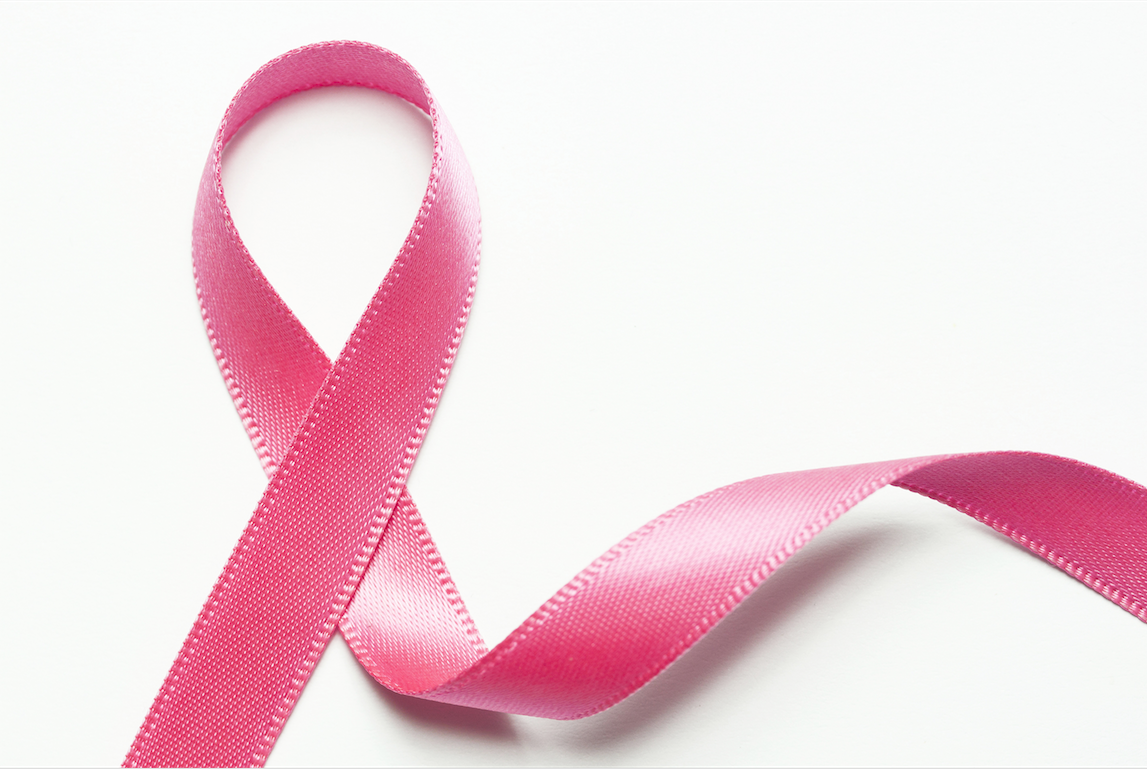Nature is a reservoir of therapies for many diseases, and the reality of this statement was trumpeted across news headlines this week. Dr Tu Youyou of the Academy of Traditional Chinese Medicine was awarded the Nobel Prize in Physiology or Medicine for her discovery of the anti-malarial drug artemisinin. She shared the prize with two researchers. William C. Campbell and Satoshi Ōmura, who discovered a drug for roundworm parasites associated with the tropical disease river blindness. Their drug, Ivermectin, was also found from a natural source, a type of soil bacterium.
Recognition was a long time in coming for Dr Tu, who is 84 this year. Her journey began in 1969 when she was 39 years old, and was assigned to find a cure for malaria. Malaria was ravaging fighters and civilians in China’s ally, North Vietnam. Tu was an expert in the scientific investigation of herbal therapies, and she began combing the ancient Chinese manuscripts for accounts of herbal medicines used for malaria. She assessed many of the herbs recommended for malaria in these texts and eventually settled on an extract of the plant Artemisia annua, called qinqhauso in Chinese, and Sweet Annie or annual wormwood in English. This extract was able to kill the malarial parasite in cell culture and animal tests. The extract was not optimally effective, though, so she went back to the old manuscripts to find more information about it. In one text, The Handbook of Prescriptions for Emergency Treatments, written in 340 BC by Ge Hong she found a recommendation that the plant should be steeped in cold water. Traditional Chinese herbal therapies are almost universally teas that are boiled, often for hours, so this is quite unusual for a Chinese medicine prescription. But this was the clue that Tu needed to help her develop a more effective extract, and ultimately isolate the active phytochemical in the extract, artemisinin.
Research on the compound was first published by 1979. While initially it was met with skepticism, clinical results won over doctors in malaria-ridden regions of the world, who saw first-hand results in their patients. The drug is notable for its rapid action against the Plasmodium falciparum form of malaria, which was rapidly developing resistance to other antimalarial therapies based on quinine (also a product of nature). To optimize its effectiveness and reduce the likelihood of artemisinin-resistant malaria from developing, artemisinin is now given in combination with other drugs – not unlike combination chemotherapy for cancer. In other efforts to increase its effectiveness, several compounds based on artemisinin have been developed, including artemether, artesunate and dihydroartemisnin.
Artemisinin has a cancer connection as well. Artemisinin works in part by producing free radicals when it’s combined with iron. These free radicals kill the malaria parasite, but they can also kill cancer cells. Since cancer cells contain higher amounts of iron than normal cells, artemisnin can be used as a kind of targeted therapy for cancer. Research has also shown that it has a multi-targeted effect in cancer, inhibiting angiogenesis through the disabling of VEGF actions (the same molecule targeted by drugs like Avastin), and promoting apoptosis (programmed cell death).
Artemisinin has also been tested in breast cancer in the laboratory. Both studies with cell lines and animal studies show its cancer-inhibiting action. But the single published clinical trial in breast cancer, performed by a group in Sweden, reflects some of the challenges that it faces in becoming a clinically useful drug. The Swedish study was not aimed at curing patients, but rather at figuring out how to deal with one of the challenges of the drug, which is poor absorption into the bloodstream. The study used artesunate, one of the artemisinin derivatives, and examined how much of the active form of the drug got into the bloodstream of the patients when they took it orally. This is very early clinical research, and indicates that we have a long way to go in seeing whether this ancient malaria drug will be useful in breast cancer patients.
This fact, of course, has not prevented some patients from wanting to try artemisinin as a cancer remedy themselves. Artemisinin can be ordered on the internet, and some people have tried drinking the tea of Artemisia annua for cancer or malaria. The tea itself certainly does not have enough artemisinin in it to treat either cancer or malaria, and even the cases in which people have taken artemisinin for cancer as part of alternative or integrative treatment strategies are not that convincing. It is not one of the herbs that we have routinely integrated into the Block Center’s programs.
But the story of Dr Tu Youyou and her discovery of an antimalarial drug is still a wonderful testament to medicines found in plants, as well as the wisdom of traditional medicine doctors around the world. Their close observation of the uses of nature’s bounty of food and herbs forms one of the foundations of integrative medicine. And cancer patients should note that several standard chemotherapy drugs are themselves derived from plants, including Taxol, etoposide, topotecan, irinotecan and vincristine. Perhaps one day artemisinin will join the ranks of these anticancer drugs. Even though it’s not there yet, as we observe Breast Cancer Awareness Monthm, we can celebrate the brilliance, persistence and hard work of a young woman scientist in China who uncovered a malaria drug that saved countless lives worldwide, and may one day become a significant breast cancer treatment.


